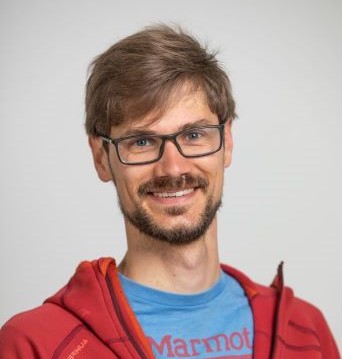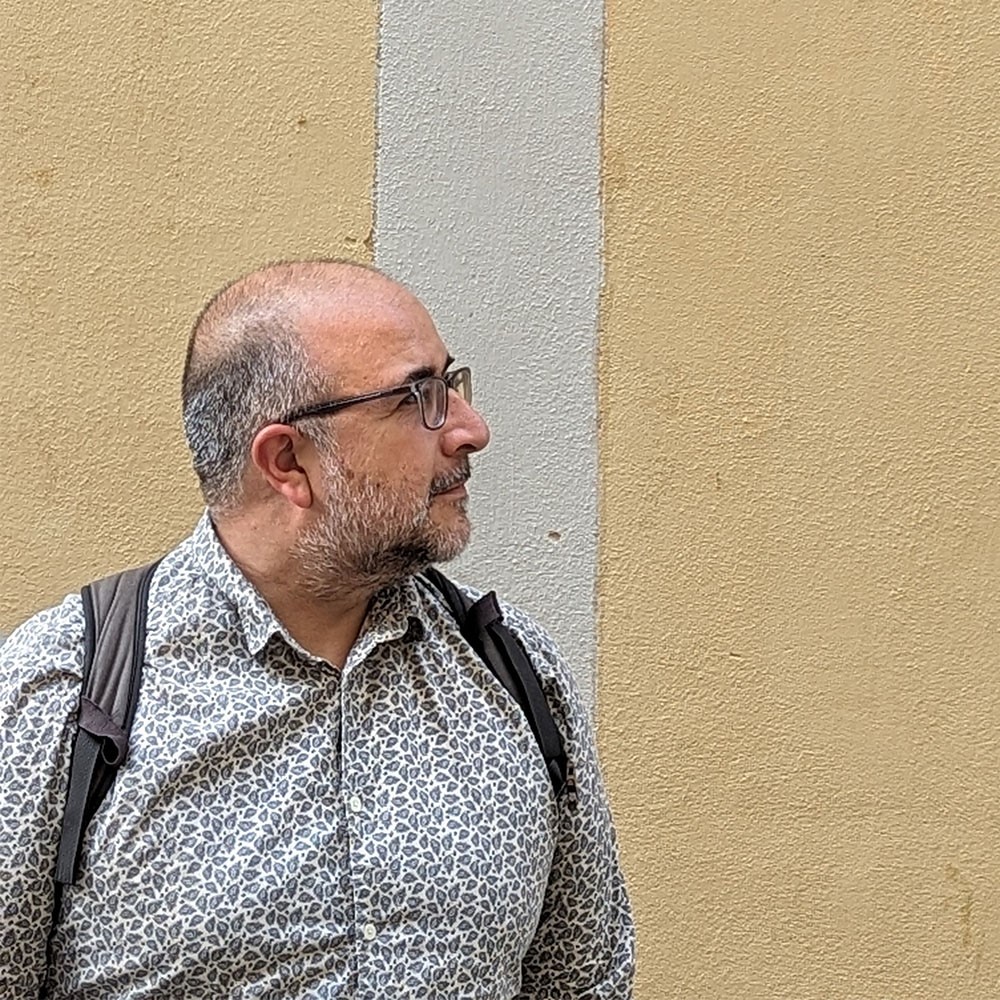I'm interested in stem cells and how these work in the process of animal regeneration. Unlike humans, many invertebrates are able to regenerate lost or injured body parts. Some regenerative animals are unable to regenerate all body parts. For instance, salamanders can regenerate limbs and tails, but cannot regenerate heads or trunks. However, (and very interestingly for me) some others can regenerate just any body part. This is the case of the planarian Schmidtea mediterranea, the main model system of the lab, but also other animal models that my research group is using, pioneering or establishing. This is the case of the annelid Pristina leidyi, the cnidarian Hydractinia symbiolongicarpus and the ascidian Botryllus schlosseri, all of which we will use at the LSI.
The reason why these animals can regenerate and we cannot is most likely the presence of pluripotent stem cells in their adults. These are cells that can give rise to all other adult cell types. Us, humans, and mammals in general have pluripotent stem cells only in our very early stages of developing (essentially in the first week of pregnancy) and then they're gone forever. Several groups at LSI are experts in human and mammalian pluripotent stem cells (Austin Smith, Ge Guo, Akshay Bhinge). But planarians (and likely annelids, cnidarians and ascidians among others, but this is not yet well understood) have pluripotent cells throughout their adult life and use them to regenerate.
The problem is : we have historically lacked methods to study stem cell pluripotency in animals that are not well established model organisms. Recently novel techniques of single cell sequencing have emerged and allow identifying animal stem cells and elucidating how many cell types they can differentiate into. I participated in the team that characterised the cell type atlas of S. mediterranea for the first time, one of the first cell type atlases by single cell sequencing. As an independent group leader we have optimised new, better methods of single cell sequencing. Now, at LSI, we aim at using these methods to study pluripotent stem cells in a variety of regenerative model organisms and understand how they orchestrate animal regeneration.





